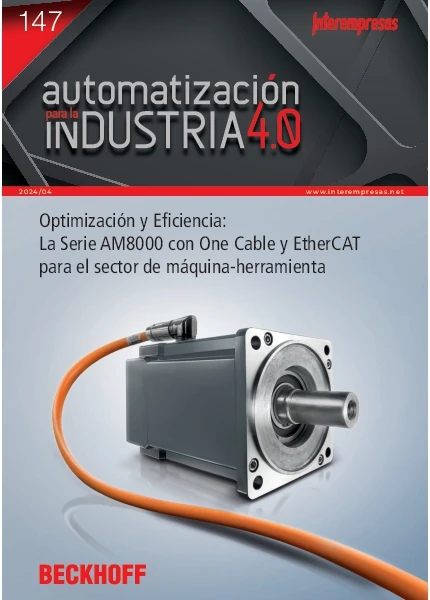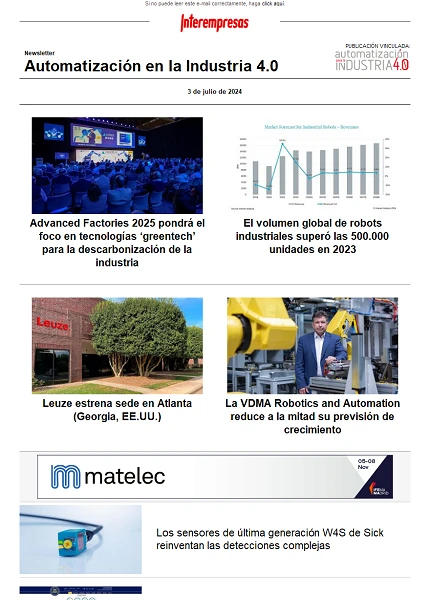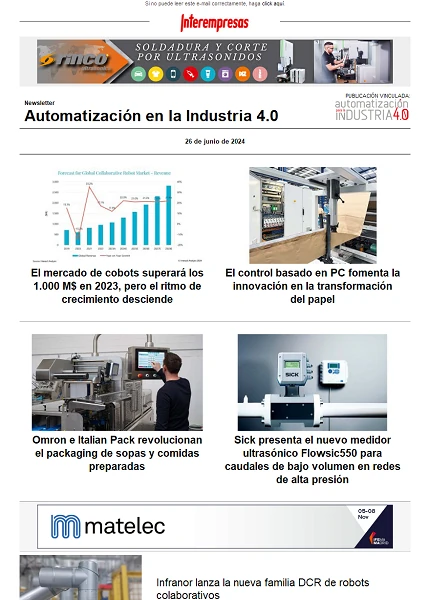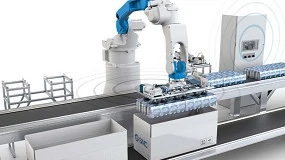A "system of detection of tools" to easily detect cracks
Detection of existing tools
The system "of rotating rod", is composed of an actuator that turns a rod until it comes into contact with a tool. If contact with the tool there is, it reaches the conclusion that it is broken.
Conventional systems of non-contact tool setting, emit a laser beam that passes between a sender and a receiver, located in the table of the machine or on each side, so that the ray crosses the area of work.
The presence of a tool in the laser beam reduces the light shown on the receiver, and generates a signal for activation.
If it does not reduce the amount of light received, is that the tool can not block the beam, and is therefore broken.
Limitations of conventional systems
Moreover, the larger tools or those with a delicate surface finish are at risk, given its high surface speed. On the other hand, use methods of contact for the detection of rupture of tools is a slow process and that adds cycle time to production, since the tool should make contact slowly to prevent it from deteriorating.
Often, contact systems must be mounted within the working environment, occupying precious space of worktable and causing danger of collision. Those who have actuator can stay stuck, what causes that they are unreliable.
A system using laser non-conventional contact, can appear a number of problems, because the system does not always have the ability to distinguish between the tool and a pollutant, such as the coolant and chips. Coolant Jet takes some seconds to stop, once the bomb has been disconnected. Therefore, there is the possibility that the system confused pollutants, as the coolant, a tool, and interpreted that the tool is correct when it is really broken.
You can improve the reliability of the process increasing the time that the tool interrupts the beam of the laser beam, allowing the coolant will have more time to disperse and giving greater confidence in the outcome. However, there remains the possibility that a broken tool without being detected, resulting in costly scratches or the need to remecanizar the pieces.
In short, according to Renishaw, "locked laser" method of detection of rupture of tools is quite time consuming and is potentially unreliable. It should also be taken into account to use an existing system without contact only for detection of rupture of tools can be a very expensive solution. M codes for tool breakage detection are often needed.
It can be that the system needs to align the axes of the machine, which leads to a long installation procedure. Systems with transmitters and receivers also need some expensive supports that must also be aligned.

The response of Renishaw: the TRS1
Instead, the TRS1 uses the beam reflected back to the receiver, content in the same accommodation to the transmitter.
The electronics of the unique system of recognition of tools, TRS (Tool Recognition System) decides if the tool is present, and therefore, it is correct or if it isn't, and is therefore broken.
How does it work?
Then, the tool is placed in a position such that the laser is reflected in the tip of the tool - usually to 3 mm from the extreme of the tool. This tour at 1,000 rpm, and the laser fails to be reflected in the tool and returns to the receiver of the TRS1. Due to the rotation of the tool, the level of reflected light varies from repeatedly.
The microcontroller of the TRS1 recognizes this repetitive pattern and quickly fires the relay output, indicating that the tool is in good condition and allowing it to continue the cycle of machining.
Given that the repetitive pattern of light can only occur when there is a present tool, pollutants such as chips and coolant not can confuse the TRS1.
If no tool is not detected after a certain time, the application software presents an alarm of "broken tool". There are a number of considerations in the design to ensure a safe and reliable operation.
The TRS1 is based on the reflected light to identify the tool. The amount depends on a number of factors, such as the size of the tool, the surface finish, the shape of the tool, the operating margin and coolant. If the tool cannot recognize it quickly, the user can vary the time that must elapse before that there is an alarm.
Normally, the TRS1 takes about 1 second to identify a tool in good condition, but in some cases, when the light is low or the repetitive pattern has darkened, detection cycle can last longer. This time is only required in specific circumstances, not at all levels of detection.
The TRS1 is a flexible and easy to assemble. Be adjustable, can quickly determine the best parameters to ensure the recognition of all the tools. If you use the TRS1 in the shortest possible range, increases the level of reflected light. In addition, by adjusting the position tool to check, you can improve further the accuracy of the detection. For example, in small tools, about 2 mm, the coolant tends to fall very close to the tip, so it is likely to be beneficial to check the tool above. You can also choose to turn the tool to a higher speed or eliminate the coolant with a jet of air before performing the check.
Advantages of the TRS1
You can set out the working environment of the machine, which eliminates any possibility of collision and saves space in the table of the machine. In addition, there was no interface, it saves time of installation and space in the cabin of the machine.
In terms of performance, the TRS1 can work in a range of up to 2 m. The TRS1 does not come in contact with the tool, so it can detect very small tools, up 0.5 mm in diameter to damage or break the tool. They can be used high speed rates, so get shorter cycle times.
Unlike the methods of detection of tools without existing contact, the TRS1 cannot commit detection errors due to coolant or chips, which makes it virtually impossible that a broken tool will not be detected.
The simple design of the TRS1, no moving parts, makes the device extremely robust, reliable and able to withstand the toughest conditions of machining.
Optics laser is crucial, sealed to the IPX8 and is well protected by a jet of air that comes from the same hole that the laser beam, which prevents the pollutants entering the device. The simplicity of the TRS1 makes this product a cost-effective solution for the detection of broken tools.








































